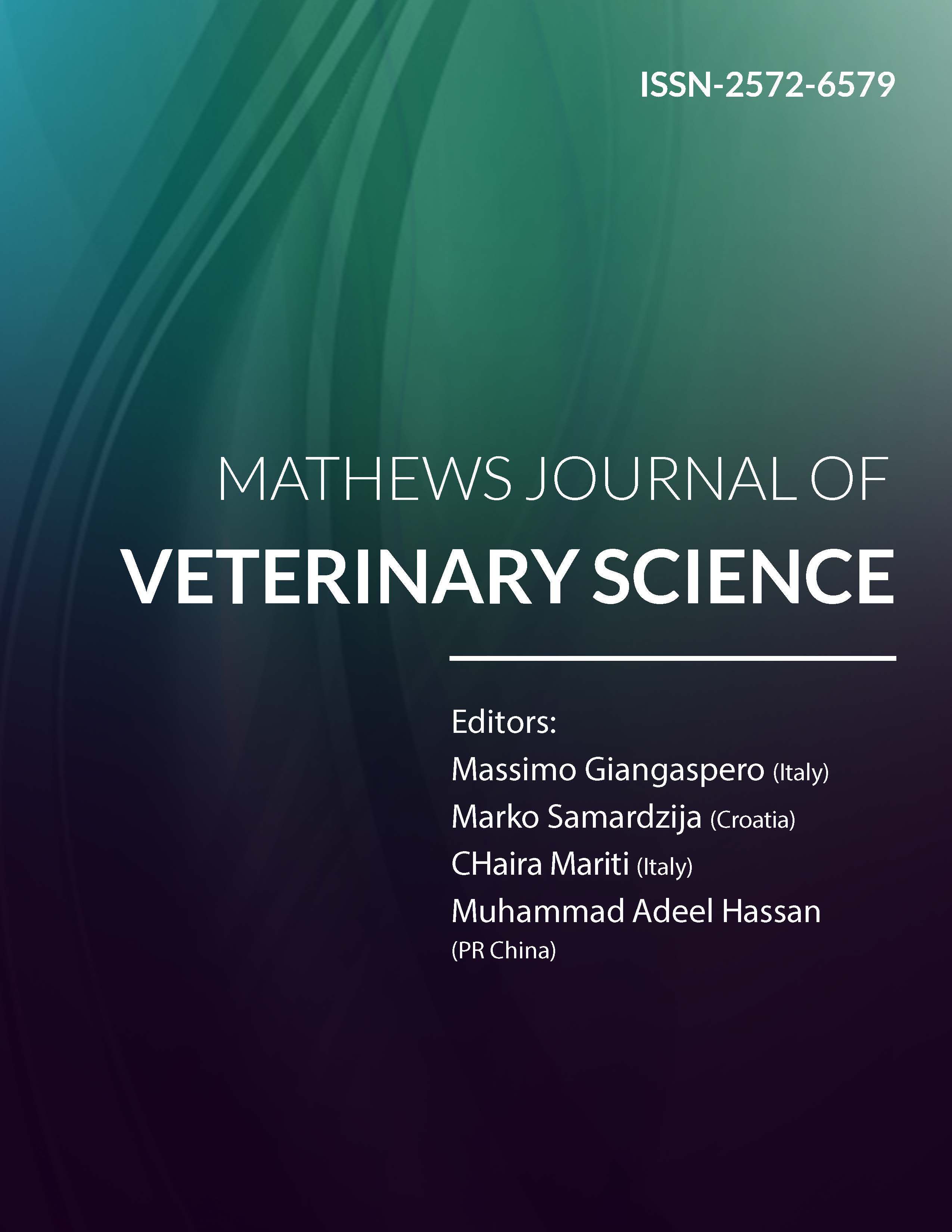
Information Links
Previous Issues Volume 6, Issue 1 - 2022
Meibomian Gland Adenocarcinoma in a Captive Indian Leopard (Panthera pardus fusca)
Nikhil S. Bangar1*, A. Sha. Arun2, Kasturi Bhadsawale3, Chandrashekhar Mote4 and Jasna Nambiar5
1Wildlife Veterinary Officer, Manikdoh Leopard Rescue Centre, Maharashtra, India.
2Director-Research and Veterinary Operations, Wildlife SOS, Bangalore, Karnataka, India.
3Veterinary Eye Surgeon, Mumbai and Pune, India.
4Assistant Professor, Department of Pathology, Krantisinh Nana Patil College of Veterinary Science, Maharashtra, India.
5Veterinary Surgeon, Mumbai, Maharashtra, India
Received Date: June 22, 2022
Published Date: Oct 10, 2022
*Corresponding Author: Nikhil Bangar, Wildlife Veterinary Officer, Manikdoh Leopard Rescue Centre, Wildlife SOS, Junnar - 410502 Maharashtra, India. Tel: +918082771947. E-mail: [email protected]
Citation: Bangar N, et al. (2022). Meibomian Gland Adenocarcinoma in a Captive Indian Leopard (Panthera pardus fusca). Mathews J Vet Sci. 6(1):14.
Copyrights: Bangar N, et al. © (2022).
ABSTRACT
Isolated and comparative studies describing the incidence of neoplasia in free-ranging or captive leopards have been reported infrequently, amongst which ocular or extraocular tumour cases are extremely rare. A 21-year-old captive, female Indian leopard (Panthera pardus fusca) at Manikdoh Leopard Rescue Centre was evaluated for the development of multiple proliferative irregular growths on lateral and medial canthus of the left eye along with purulent discharge and corneal irritation. Radical excision of the growth was performed. It was found that masses originating from the eyelid, nictitating membrane, and conjunctival areas had histopathological features consistent with rare and malignant meibomian gland adenocarcinoma; characterized by irregular neoplastic cellular islands from meibomian glands (modified sebaceous gland) subdivided into lobules by fibrovascular connective tissue with presence of basaloid cells, intracytoplasmic lipid vacuoles, nuclear hyperchromasia, pleomorphism, necrosis with inflammatory cellular infiltration. The present case is a foremost report of meibomian gland adenocarcinoma in leopards with comprehensive documentation of its prevalence diagnostic characteristics, limitations, and available options for treatment.
Keywords: Leopard; Panthera pardus fusca; Meibomian gland adenocarcinoma; Surgical excision; Tumor